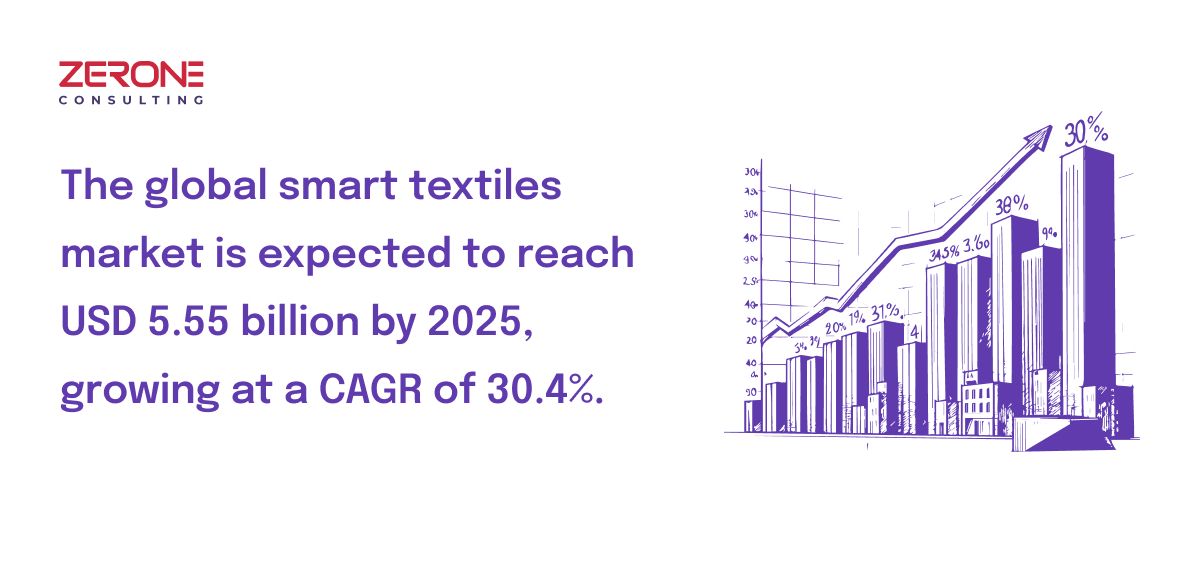Revolutionizing Healthcare with Smart Textiles: The Future of Health Monitoring
In recent years, the healthcare industry has witnessed a paradigm shift with the advent of smart textiles, marking a significant leap towards innovative patient care and health monitoring. Smart textiles, imbued with the power of technology, are not merely fabrics but sophisticated tools capable of sensing, responding, and adapting to environmental changes or physiological signals. This emerging field promises to transform healthcare by improving patient outcomes, enhancing the efficiency of healthcare providers, and offering new avenues for health management.

Integrating Technology with Textiles
At the core of smart textiles in healthcare are wearable technologies that seamlessly integrate sensors, conductive fibers, and electronic components into fabrics. These textiles can monitor vital signs such as heart rate, temperature, and respiratory rate in real-time, offering a non-invasive and continuous way to keep tabs on a patient's health status. For instance, smart shirts and socks equipped with these technologies are already being used to monitor cardiovascular and diabetic patients, providing crucial data that can predict and prevent health crises.
The statistics speak volumes about the potential of smart textiles in healthcare. According to a report by Grand View Research, the global smart textiles market is expected to reach USD 5.55 billion by 2025, growing at a compound annual growth rate (CAGR) of 30.4% from 2019 to 2025.
This exponential growth is driven by the increasing adoption of wearable technologies and the growing awareness of health monitoring devices among consumers. The integration of IoT (Internet of Things) with smart textiles further amplifies their potential, enabling real-time data transmission to healthcare providers and empowering patients with actionable insights into their health.

Applications and Impact
The applications of smart textiles in healthcare are vast and varied. Beyond monitoring, these textiles are paving the way for innovative therapeutic applications. For example, fabrics that can deliver medication through the skin or stimulate muscle recovery with embedded electrical patterns are currently under development. These advancements could revolutionize treatment methods for chronic conditions, physical rehabilitation, and even mental health.
Moreover, smart textiles offer immense benefits for elderly care. Equipped with fall detection sensors and GPS tracking, these textiles enhance the safety and independence of the elderly population, providing peace of mind to both caregivers and family members. The potential for smart textiles to support remote patient monitoring also reduces the need for frequent hospital visits, a boon for healthcare systems burdened by rising costs and patient loads.
In the realm of surgery and medical training, smart textiles integrated with haptic feedback mechanisms are being explored to simulate surgical procedures, offering a tactile experience for trainees. This technology not only enhances the learning process but also reduces the risks associated with training on live patients.

Challenges and Future Directions
Despite the promising prospects, the widespread adoption of smart textiles in healthcare faces several challenges. High production costs, durability, and the need for seamless integration with existing healthcare systems are significant hurdles. Moreover, concerns around data privacy and security require robust solutions to protect sensitive health information.
However, continuous research and development efforts are underway to overcome these obstacles. Innovations in material science and electronics are making smart textiles more affordable, durable, and efficient. As technology advances, we can anticipate the development of even more sophisticated smart textiles that can diagnose conditions, monitor health in real-time, and offer personalized health management solutions.
Conclusion
Smart textiles represent a frontier in healthcare innovation, offering the promise of transforming patient care, enhancing health outcomes, and streamlining healthcare operations. By harnessing the power of technology and integrating it with everyday fabrics, smart textiles open up new possibilities for monitoring, treatment, and patient engagement in health management.
As we look towards the future, the continued evolution of smart textiles will undoubtedly play a pivotal role in shaping the healthcare industry. By addressing current challenges and exploring new applications, smart textiles have the potential to become an integral part of healthcare, making health monitoring and management more accessible, effective, and personalized than ever before.
We can help!
Why Scrum Fits Like A Glove
#Customapplicationdevelopment
Mvps - A Silver Bullet In Software Development
#Customapplicationdevelopment



